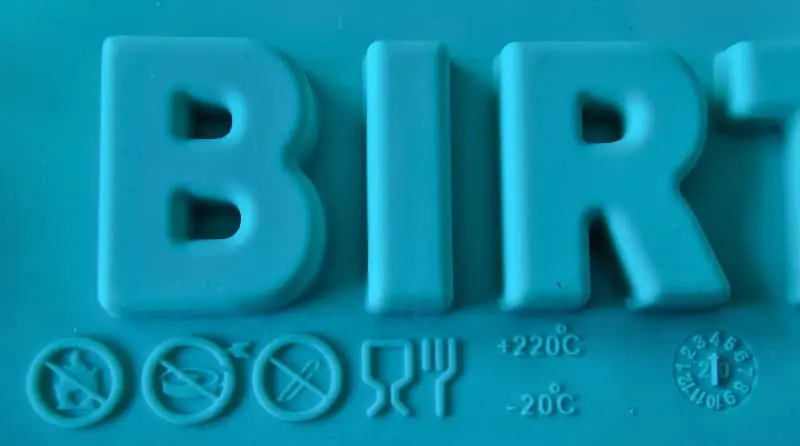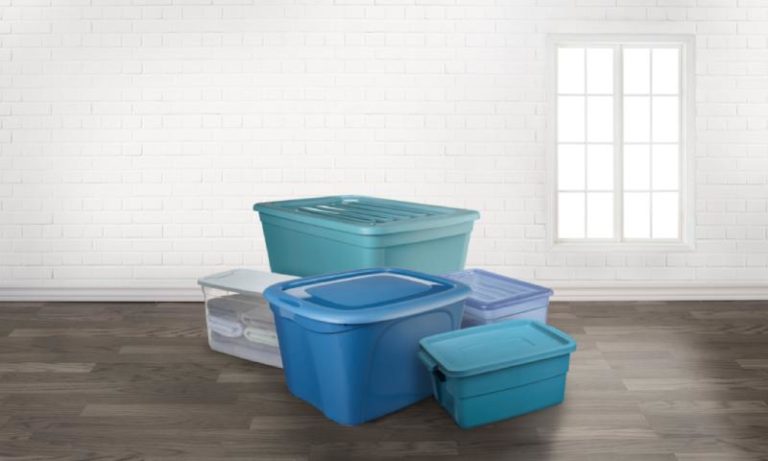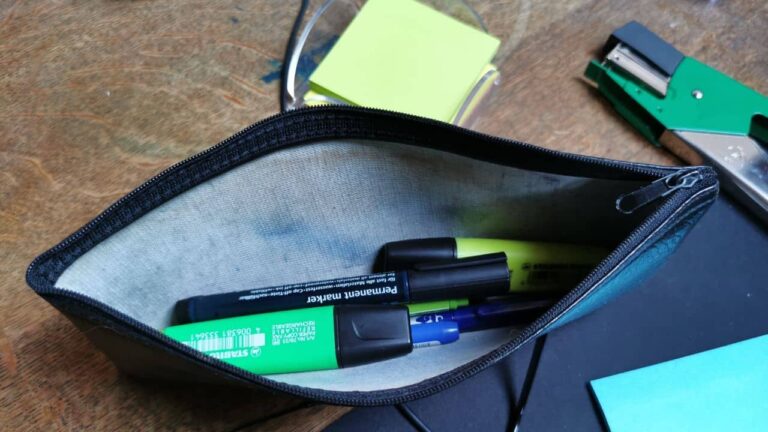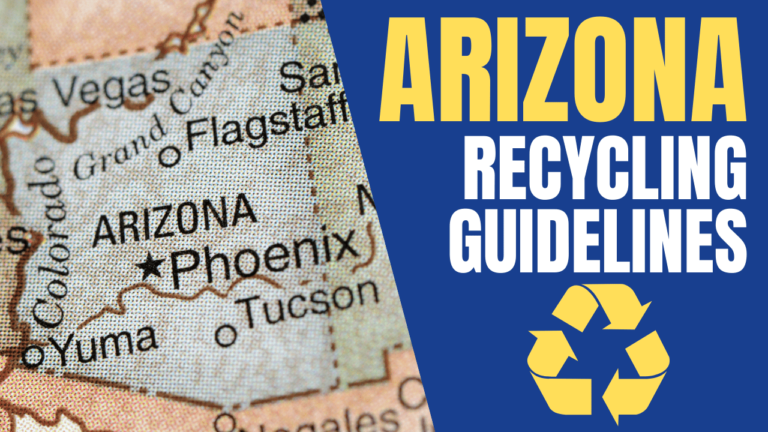Are Silicone Baking Molds Safe for You and Your Loved Ones? (Answered)
No matter how often you bake, you’ve surely noticed a new trend: silicone molds. These rubbery, flexible containers allow you to unmold cakes and other muffins without leaving dough sticking to the bottom or sides.
But is it safe to use them on a daily basis?
Generally speaking, if you use silicone molds made from platinum, you’re in no danger. Indeed, these types of molds that you use mainly for baking are designed to tolerate very high temperatures—up to 500°F (260°C). This isn’t the case for silicone molds made with peroxide, which cannot exceed 390°F (200°C).
Want to learn more? Read on!
Silicone Baking Molds: Two Common Types on the Market
Before you even buy or use silicone cookware, the most important aspect is to know which type of material it’s made of.
The silicone used for food is obtained from a material called silicon. A catalyst is added to it.
The catalyst is the added material that leads to a chemical reaction and gives a material the desired shape.
For the manufacture of silicone molds, there are two types of catalysts:
- peroxide
- platinum
It’s important to know that depending on the catalyst used, the silicone mold will have different characteristics. The impact on our health won’t be the same, either.
Platinum silicone molds
These are extremely durable. They’re designed to withstand very high temperatures, up to 500°F (260°C), without getting damaged.
Peroxide silicone molds
These are more unstable at higher temperatures. They’re not made to withstand heat exceeding 390°F (200°C). Moreover, during their manufacturing process, they didn’t undergo the so-called “curing” step. This step consists of leaving the mold in the oven for several hours at to eliminate all toxic substances.
It’s essential, then, to check the composition of each mold before you buy them since many recipes call for hot or very hot temperatures. The risk of migration of contaminants under the effect of heat and wear are very present.
Choose the right silicone mold

As you can see, determining the type of composition is crucial before buying silicon cookware.
Made with peroxide, the cheapest molds won’t hold up to heat that well. Even if this isn’t visibly obvious, they risk letting harmful substances into your meals.
The migration of unwanted substances occurs most often when the mold exceeds a certain heat threshold, but also after a certain level of wear, or when it is in direct contact with fats (oil or butter added to the mold to prevent the preparation from sticking).
A very low-cost silicone mold, then, should throw up a red flag!
Platinum silicone molds are more expensive* but are much more heat resistant.* Platinum silicone is a rarer material and therefore more expensive.
To help you make your choice, look at the temperature indicated on the packaging of the mold or the mold itself. If they can withstand temperatures of up to 500°F, that’s a sign of premium quality.
Also, before you purchase any mold, make sure that you verify that it has been inspected and meets FDA regulations.
However, the price of the molds is not the only guarantee of quality! Beyond the price, check that the silicone mold has a certificate of compliance with the suitability for contact with food, which ensures that the migration remains within the limits of the regulations. It must specify the use for which the product is intended and the conditions of use.

Silicone Cake Molds: Advantages and Disadvantages
Silicone cake pans are becoming increasingly popular among cooking enthusiasts because of their practical advantages such as ease of removal and heat resistance, but they also have drawbacks.
The advantages of silicone molds
- Their great flexibility: they permit extremely easy removal of food without the need to grease the mold beforehand
- Silicone is by far the material that offers the most mold shapes. The possibilities are endless! You will find silicone molds with classic shapes but also in 3D, with shapes of animals, hearts, flowers, castles … In short, if you like getting creative in the kitchen, these are great!
- They can be used in the oven as well as in the freezer. Unlike most glass and plastic, they perfectly tolerate temperature variations.
- Silicone molds are lightweight and unbreakable.
- They can be easily cleaned in the dishwasher—again, no breaks and bends
The disadvantages of silicone molds
- If the flexibility of silicone molds is its main advantage, it can also turn into a disadvantage! Few people have ever experienced the difficulty of putting their silicone molds in the oven without spilling half the batter!
- Baking in a silicone pan takes longer because the material doesn’t conduct heat as well. You have to be more attentive to cooking times and check more regularly.
- Over time and after many uses, silicone molds tend to have a greasy feel.
FAQs
Here is a summary of the most frequently asked questions about silicone molds.
Can silicone cake molds go in a microwave?
Most of the higher-quality silicone molds can withstand temperatures from -40°F to +500°F. They’re thus suitable for both microwave and conventional ovens.
Flexipan silicone molds are specially designed to withstand the onslaught of the microwave without losing any flexibility over time.
Can you put silicone baking molds in the oven?
You can of course put your silicone molds in your traditional oven. The only condition? That they are high quality platinum silicone molds and thus suitable for high temperatures.
How to clean or wash silicone baking molds?
After each use, you must clean your silicone mold and make it impeccable, which means that it must be free of stains, burn marks and grease.
To properly clean your silicone mold by hand, you should use soapy water (or dishwashing liquid, if you prefer!) and definitely not steel wool or a scrubbing sponge! (although you might be tempted to go faster). You could damage your silicone mold by forming micro-scratches!
Instead, use a microfiber wipe and a little elbow grease.
Can silicone baking molds go in the dishwasher?
Some silicone molds are not dishwasher safe. This depends in part on the quality. The lower the quality, the less the silicone pan will withstand the heat of the dishwasher.
Regardless of the brand, always refer to the manufacturer’s instructions for washing your silicone mold.
That said, cleaning in a dishwasher should be avoided if you want to keep your molds for many years to come.
Are silicone baking molds toxic?
This depends on the type of mold used (peroxide or platinum) and the oven temperature you use.
To be sure to avoid any migration in your preparations, opt for quality molds such as Flexipan or molds of this type.
Can you use silicone baking molds for soap making?
Absolutely—silicone baking molds can also be used to make soap.
Silicone is a popular choice for soap molds since it’s flexible, long-lasting, and easy to clean. As with food, its flexibility makes it easier to remove the soap from the mold once it has set.
What’s more, silicone molds come in a wide variety of shapes and sizes, allowing you to choose the perfect mold for your soap making needs.
However, because of the products that make up the soap, I strongly advise against using the same molds to make soap and food: a simple question of prevention!
Conclusion
Silicone baking pans have gained popularity in recent years due to their versatility and ease of use in the kitchen.
These molds offer a range of benefits, including being non-stick, flexible, durable, and safe (depending on their quality) for use in the oven and microwave.
However, some low-quality silicone bakeware poses some safety concerns, such as potential contamination by other materials and potential degradation over time. This can result in the release of harmful chemicals into your food.
To sum up, it’s important to follow the caveat “buyer beware” and be cautious consumers.
Before using these molds, you should also review the manufacturer’s instructions and guidelines to ensure safe use.
In addition, it’s advisable to replace silicone molds that show signs of wear, such as discoloration or cracks.
In conclusion, silicone bakeware is a practical and effective alternative to traditional metal or glass casseroles.
However, we need to take the right precautions to ensure the safety and quality of our food when baking. With the right information and a careful approach, silicone baking pans are a valuable asset to any kitchen.
And with that, we come to the end of our discussion on molds. Thanks for reading, and don’t forget to let me know your favorite molds in the comments below! I’m always on the lookout for new molds to add to my collection, and I’m curious to hear about the ones you swear by!






